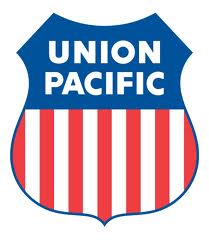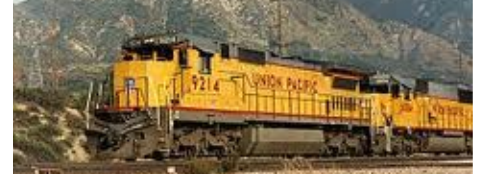Transcontinental Railroad
Timeline:
1784: First steam locomotive invented by Nicolas Cugnut.
1819: Robert Mills proposes that a steam railway be built from the Mississipppi Valley to the head of the Columbia River.
1829: The first english steam locomotive arrives in America.
1845: Asa Whitney proposes the construction of a Transcontinental Railroad.
1853: Congress authorizes western surveys for a future Transcontinental route.
1859: Theodore Judah asks the California Assembley to consider financing a Transcontinental Railroad.
1860: Theodore Judah sets out to survey a railroad route through the Sierras
1862: Abraham Lincoln sighns the Pacific Railroad Act, grantin railroads with 170 million square miles of land.\
1863: Central Pacific Railroad starts laying track on October 26.
1864: Union Pacific starts their share of the Transcontinental Railroad.
1865: Progress on the railroad was progressing until silver was discovered in Nevada. Many workers left the railroad to mine silver.
1869: Transcontinental Railroad finished May 10th of this year.
1867: Native American tribe Cheyenne war party attacks Union Pacific train at Plum Creek.
Click on the pictures below to see full size images and their descriptions.
-Nick
Photo Gallery: Transcontinental Railroad
Transcontinental Railroad Flash Facts:
- The railroad cost $50,000,000 to build!
- Before the railroad, it cost around 1,000 dollars to travel to the west, and after it cost only 150 dollars!
- Also before the railroad, people would have to drive a buggy to get to the west. That took 6 months and it was dangerous. After the railroad, it only took 6 days!
- The Transcontinental Railroad stretches from Omaha, Nebraska to Sacramento, California.
- By the summer of 1867, The Union Pacific was in Wyoming, having covered over 4 times more ground than the Central Pacific.
- The Union Pacific suffered bloody attacks from Native American tribes Arapache and Cheyenne.
- Travel on the new railroad started 5 days after its completion.
- The last tie was laid in Promontory Point, Utah.
- The last spike laid was called the golden spike... Because it was made of pure gold!
- Over the years, the railroad got lss and less popular because of highways, automobiles, and air transportation.
- Most of the ties have been dug up for supplies.




